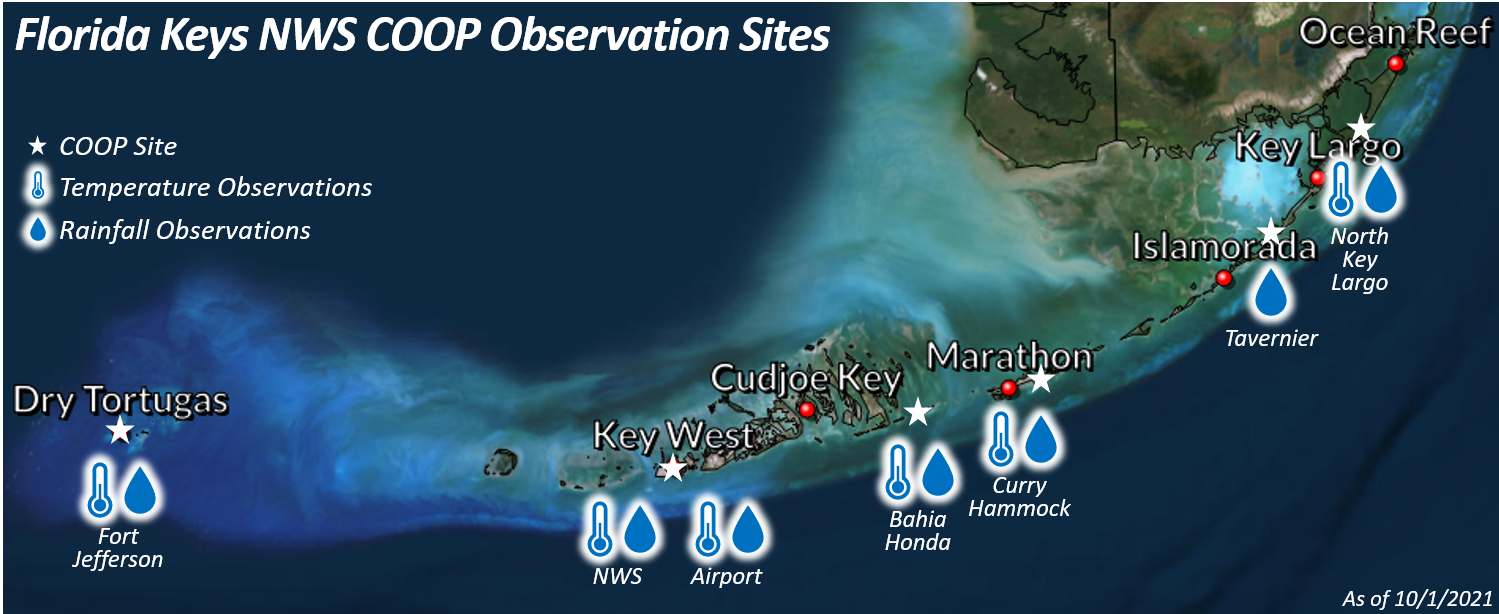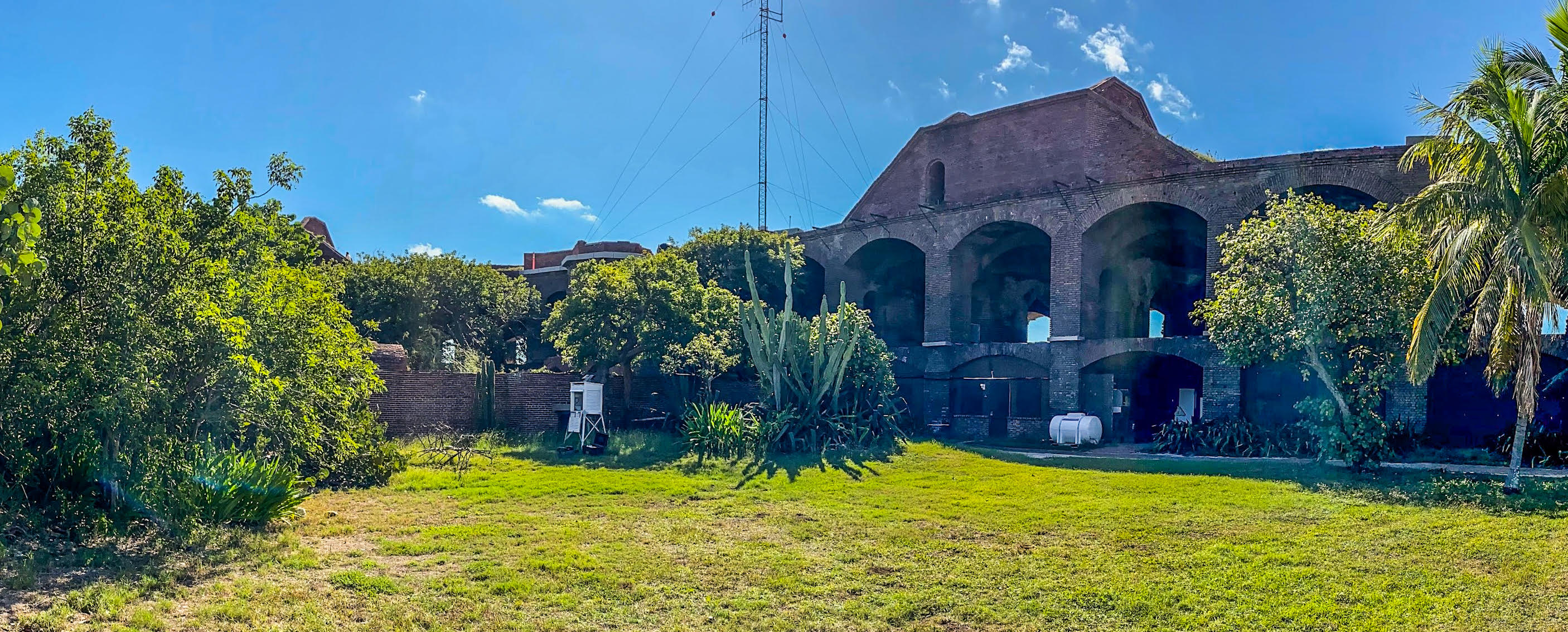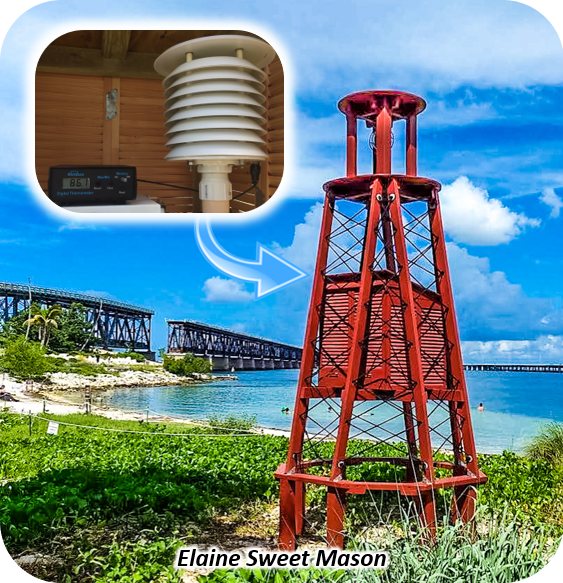
Well above average temperatures will prevail across the Plains and the West Coast this week, while a cold front will bring Arctic air to the South and East Coast Thursday and Friday. Lake effect snow is forecast downwind of the Great Lakes through Thursday along and behind the Arctic front, as well as mountain snow across the Southern Appalachians. Read More >
The National Weather Service (NWS) Cooperative Observer Program (COOP) is the Nation's weather and climate observing network of, by and for the people.
More than 8,700 volunteers take observations on farms, in urban and suburban areas, National Parks, seashores, and mountaintops. The data are truly representative of where people live, work, and play.
The COOP program was formally created in 1890 under the Organic Act and its mission is two-fold:
A cooperative station is a site where observations are taken or other services rendered by volunteers. Observers generally record daily temperature and precipitation data and electronically send those reports to the local NWS office overseeing their site and the National Centers for Environmental Information (NCEI). Data is typically transmitted via telephone or computer.
The first network of cooperative stations was set up as a result of an act of Congress in 1890 that established the Weather Bureau, but many COOP stations began operation long before that time. John Campanius Holm's weather records, taken without the benefit of instruments in 1644-45, were the earliest known observations in the United States. Subsequently many persons, including George Washington, Thomas Jefferson, and Benjamin Franklin, maintained weather records. Thomas Jefferson maintained an almost unbroken record of weather observations between 1776 and 1816, and George Washington took his last observation just a few days before he died.
Two of the most prestigious awards given to Cooperative Weather Observers are named after Holm and Jefferson. Because of its many decades of relatively stable operation, high station density, and high proportion of rural locations, the Cooperative Network has been recognized as the most definitive source of information on U.S. climate trends for temperature and precipitation.
Meteorologist-in-Charge, Kennard "Chip" Kasper, presents Billy & Ruthie Wagner, of Duck Key,
with the John Campanius Holm Award in 2018 -- a first for Florida Keys NWS observers!
These data are invaluable in learning more about the floods, droughts, heat and cold waves affecting us all. The data are also used in agricultural planning and assessment, engineering, environmental-impact assessment, utilities planning, and litigation. COOP data plays a critical role in efforts to recognize and evaluate the extent of human impacts on climate from local to global scales.
COOP in the Florida Keys
Volunteer observers in the Florida Keys are located at Bahia Honda, Curry Hammock, and John Pennekamp State Parks, Fort Jefferson in Dry Tortugas National Park, and the Florida Keys Electric Cooperative in Tavernier. Your Florida Keys NWS Weather Forecast Office on White Street rounds out the list, with meteorologists taking identical readings every day as well! Our partners conscientiously contribute their time or host equipment for these vital observations and this network would not be viable without their dedication.

Florida Keys NWS COOP observation sites as of October 1st, 2021
The Florida Keys COOP program is comprised of some truly unique observation sites, including one of the most remote locations in the network: Fort Jefferson! The observation site is located within a Civil War-era fort and the largest brick masonry structure in the Americas. This location, 68 miles west of Key West, is staffed by National Park Service rangers that take daily weather observations for the National Weather Service on top of their regular duties.

Temperature sensor shelter (white box left of center) inside Fort Jefferson at Dry Tortugas National Park
Another unique site in the Florida Keys is found in the eastern Lower Keys at Bahia Honda State Park. Park rangers built a lighthouse structure to house the temperature sensor, display, and to make the transition to a solar-powered observation site!

Lighthouse structure hosting temperature equipment at Bahia Honda State Park
For more information on the NWS COOP program, visit https://www.weather.gov/coop/overview.